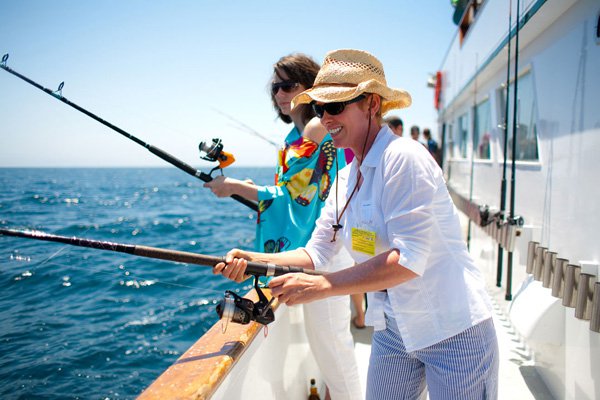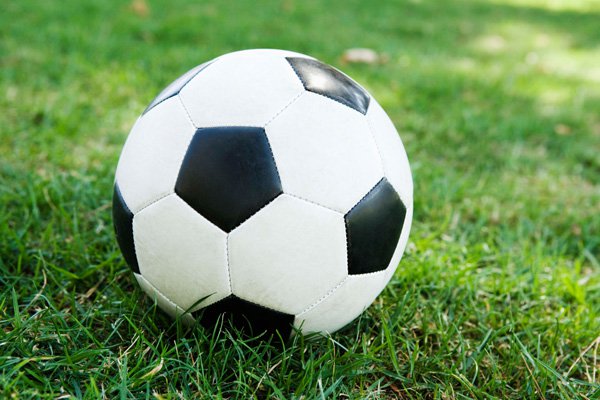Why Fishing For Big Eels Is A Sport In Itself
Big Eels, A Sport In Itself
Only when you catch an Eel over 2lb can you really appreciate the attraction of fishing for this extroardinary fish. species such as Carp and Barbel can fight a good fight but will soon tire and give up, but with Eels, they never give up so getting one into the net is no small battle, they fight every last inch.
Finding Eels
Although fishing for Big Eels can be a great pastime, finding them can be a problem. Big Eels are seldom caught even though they are present in most waters, and you will still find places where they are not even known. Of the 50 biggest Eels caught in the UK, only 7 came from rivers, 2 from Canals and
the rest were caught from stillwaters including the British Record, a massive snake of 11lb 2oz. This was caught in 1978 by S. Terry from a stillwater called Kingfisher Lake, close to Ringwood in Hampshire.
Preparing your attack
Big Eels are caught in the summer months of June to September, and best fished for in the last hour before Dusk up to about midnight or again in the early morning hours just before Dawn until the sun rises above the Horizon.
There are times though when you can catch big Eels during the day, specially
when out deadbait fishing for Pike, one such fish was caught by D. Boyer in late November 1988 from the Broadlands lake in Hampshire, a beauty of 8lbs, 1oz.
Finding Eels in the water
Conditions for fishing for Eels are widespread, infact the prevailing weather in the UK and Ireland, especially Ireland which is often said " you can have the 4 seasons in one day" is perfect but generally speaking, the water temperature should be between 10 - 18 degrees Centigrade, no more, no less. It has been observed over the years that when the sky is clouded over and low visibality in the water, Eels will always feed on the bottom, using their powerful sense of "smell" to forage for food, but when the sky is clear, more so when the moon is full and bright, Eels can be caught mid-water and near the surface, where they frequent the shallow water hunting fry shilouetted against the light of the moon.
Eels Defences
Eels are emenssely strong creatures, the bigger they are the more powerful they will be, the slightest weakness in your tackle will always, without doubt, cause you to lose your prize catch. Prepare your tackle wisely when attempting to catch these fish and don't underestimate what even a 1lb fish can achieve in getting free.
Rods should be capable of the job and a good carp or pike rod would be suitable, but if fishing at a distance then a fast-taper tip action rod for a firm hook setting on the strike at range should be the first choice. If fishing the margins then choose a rod with a much softer more through-action which will cushion the fast pull of a big Eel at close range, whatever the action of the rod, do your best to use a rod of between 11-12ft long
Reels are widely available in a whole range of models, sizes and types, there is a vast choice of suitable reels available in any tackle shop, but when choosing a reel, pick a nice sturdy fixed spool reel with a rear drag system, this will prevent you having to fumble with the spool to adjust the settings when you are playing a fish as you can do so without having to fumble about at the front of the reel. Another good thing to have on your reel is the ability to put the spool into free-spool so that a biting Eel can run with the bait in it's mouth without feeling any resistance while the bail arm is still closed. Whatever reel you choose, it should be capable of holding at least 200m of 10-12lb line.
Line Choose a top quality line, taking care that it is a nice supple brand, an do change it at least once in a season as in most cases, the waters you are fishing will have plenty of snags or gravel bars which will fray and weaken the line.
Traces
Wire traces are essential when using deadbait for Eels as you will always encounter a pike on the prowl. In saying that it is always a good idea to use traces as an Eels mouth contains many small sharp teeth which rasp and weaken the line, which will quickly wear through even a thick line.
Hooks & Bait
The most successful baits for Eels are Lobworms, Brandlings and sections of dead fish but it is essential that you choose the correct hooksize for the bait chsoen, best hooks are forged, eyed hooks in sizes ranging from 2 - 10
Into Action
A big Eel is a weary creature and will drop your bait with the slightest hint of resistance, hence a reel with a free spool will allow the bait run freely when picked up.
Bite Detection
Have your reel on free spool, or if this is not a feature of your reel, just leave the bail arm open and use a monket climber and an electric bite alarm. If it's windy, or theres a flow on the water, use a line clip to prevent false bites
Rigs
The terminal tackle is the most important part of your set-up. The simplest and most often used rig, for fishing on the bottom, is a straight forward running ledger. On waters with a carpet of thick, soft mud or weed, incorporate a 30cm lenght of garden cane so the trace isn't pulled into the mud or weed by the weight of the bomb - if it is, a biting Eel feels the resistance and usually drops the bait before you can strike.
When fishing for Eels in mid-water or near the surface, a proven rig is the one shown here. This incorporates a bouyant float body on a plastic tube, as well as an adapted block-end feeder with cotton woll soaked in the flavourings of your choice. You can adapt any of these rigs to create a botl rig by adding a swivel to the main line above the bomb link. This is worth trying if you are getting twitchy bites from Eels dropping the bait before you have time to strike. It's also a good ploy when fishing close to snags, as it increases the chance of hooking a fish before it can reach the sanctuary of the snag. Timing your Strike If you have set yourself up correctly, a biting Eel feels no resistance and runs with the bait. This gives you plenty of time to strike, but any Eel angler worth his salt makes a point of always striking immediatly to prevent deep hooking the fish - even if this means some bites are missed.
The Battle
When you first hook an Eel, pause a moment to assess its size, then slowly lower the rod, winding in the line as you do so. Stop winding and lift the rod up again. Continue this pumping action until the fish nears the bank. A big Eel will often make sudden lunges for cover but only give line as a last resort - if it reaches cover and gets it's tail around a snag, all is usually lost. It's at the net that many a big Eel gets away. It's not enough to get just it's head over the rim, or even most of it's body - you must submerge the net and wait until the whole of its tail is over the rim, then lower the rod a bit to let the Eel swim backwards and downwards. On feeling the mesh with its tail it will think it has found safety and go even deeper into your net. Now that you think it's all over, don't be fooled, Eels are the greatest escape artists, get as far away from the waters edge as fast as possible before laying the net down or your prize could be back in the water in seconds. Keep the Eel in the net to unhook it. If it's a bootlace (small Eel) grab it in a damp cloth and use a disgorger or forceps. If it's big, turn it on it's back to quieten it down before using the forceps. If you can't see the hook, cut the line, never poke around or try to pull the hook out, this will severly damage the Eel, which will result in it's death. Finally, put the Eel in a Carp sack or fine-meshed keepnet for a while to give it time to recover, before releasing it in shallow water. Don't be surprised if it doesn't swim off straight away,
Eels do what they want when they are good and ready.
A final word on fishing for "Big Snakes" your landing net can never be too to big for Eels, nothing is worse than batteling The Eel of a lifetime to the very edge of your net, only to lose it because the net is too small to get the fishes tail over the rim. (EELS CAN SWIM BACKWARDS)
Treat all the Eels you catch, whether they be boothlaces or big snakes with the respect this mysterious and hard-fighting species deserves. Always unhook and handle them with care, and always put them back alive.
The Best Georgia Saltwater Fishing
Bait Fishing: Special Fishing Report On Bass Weedless Spoons!


